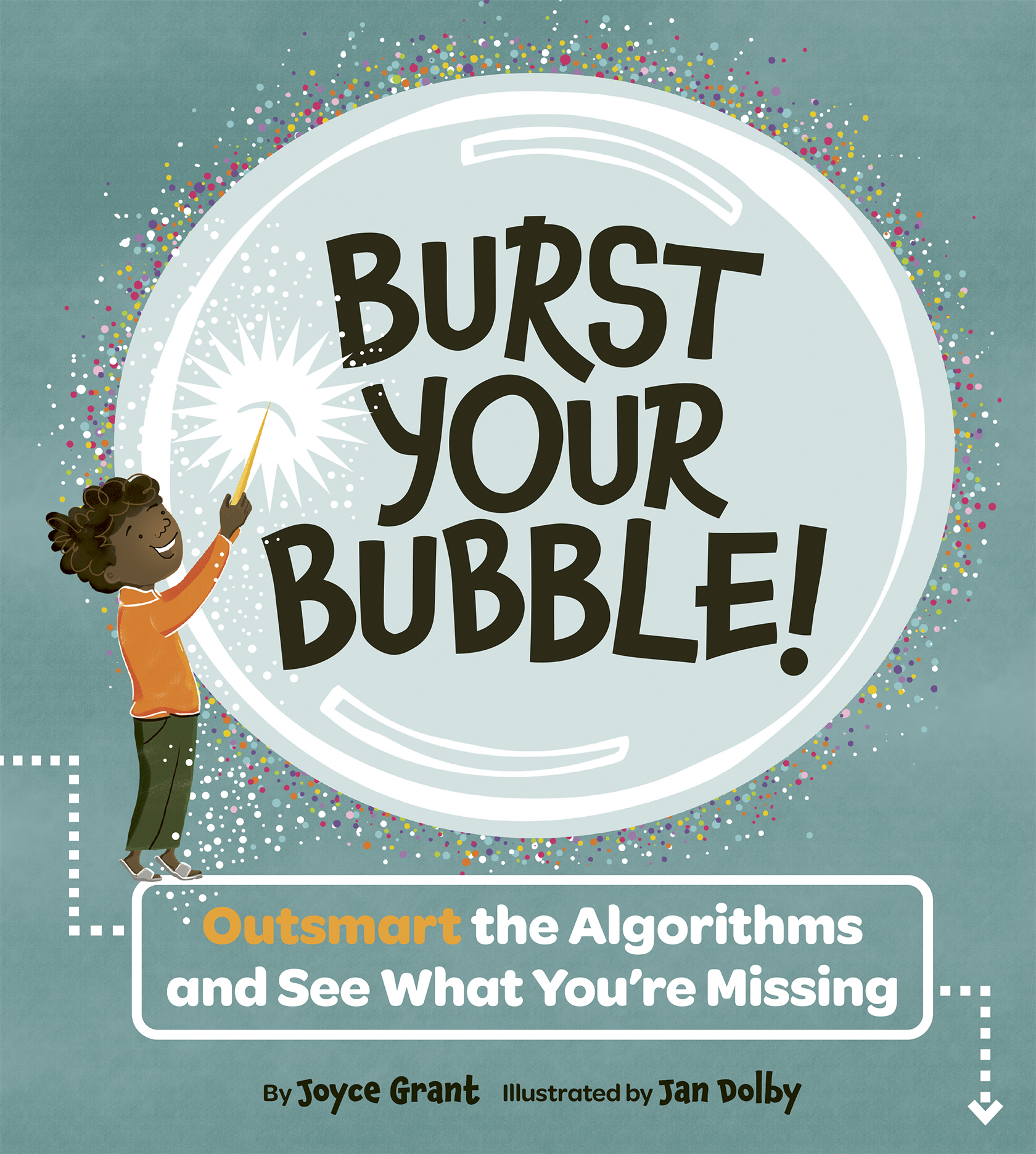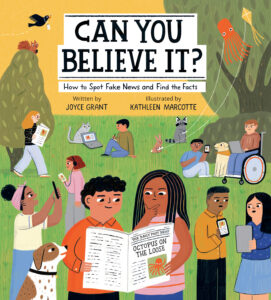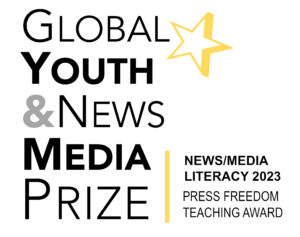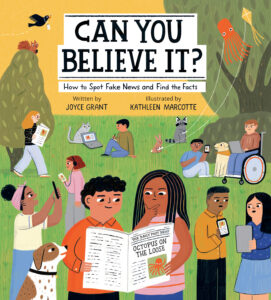
Canadian astronaut Chris Hadfield will soon become the first Canadian to command the International Space Station (ISS).
Hadfield and two other astronauts – Tom Mashburn from the United States and Roman Romanenko from Russia – docked at the ISS on Dec. 21, 2012. Their Soyuz spacecraft was launched from the Baikonur Cosmodrome in Kazakhstan on Dec. 19. It took them two days to reach the space station.
The space station is a satellite which orbits the Earth. The size of the crew varies from three to six astronauts at a time. The crews stay on the space station for up to six months and then are replaced by other astronauts. Hadfield and his crew will stay for five months.
This mission is Hadfield’s third trip into space and his second visit to the space station. When he takes over command of the ISS in March, he will become the first Canadian ever to command a spacecraft.
Hadfield can already claim several “firsts” in space.
In 1995, Hadfield was the first Canadian to serve as “mission specialist” on a space shuttle. He was also the first Canadian to operate the Canadarm (a robotic arm used to hold and move things in space) while in orbit, and the first Canadian to board the Russian space station, Mir.
In 2001, Hadfield became the first Canadian to leave a spacecraft and float freely in space when he helped install the Canadarm2, which was used to help build the ISS.
On this mission, Hadfield will spend half of his time doing maintenance tasks on the space station and the other half conducting about 130 scientific experiments.
Because there is no gravity on the space station, it is the ideal place for scientists to research substances, such as vaccines, that can be mixed better in a zero-gravity environment.
The space station is also a good place for scientists to study the effects of long space flights on humans. Doctors will monitor Hadfield and the rest of the crew during and after the mission to see how their bodies react to being in space for so long.
Space travel and zero-gravity can cause queasy stomachs, weakened bones and muscles, cloudy thinking and even poor eyesight. These things usually go away when the astronauts return to Earth.
While on the space station, the astronauts have been exercising for two hours a day to try to keep their bones and muscles strong.
Hadfield takes samples of his own blood and ultrasound measurements of the crews’ hearts to help scientists learn how zero-gravity affects the cardiovascular system (the heart and blood vessels that carry blood through the human body).
What they learn could help prepare astronauts for trips to distant places like Mars, which could last for three years.
Hadfield and his two colleagues will return to Earth in May.
Related links
Biography of Chris Hadfield
Canadian Space Agency website
Mission blog
Macleans magazine reprinted most of Hadfield’s pictures tweeted from space, here.
CURRICULUM CONNECTIONS
By Kathleen Tilly
Writing/Discussion Prompt
Chris Hadfield is going to be doing 130 experiments in space.
If you were asked to design an experiment, what would you want to test in space? How would your experiment be conducted, and why would the results be useful?
Reading Prompt: Making Inferences/Interpreting Texts
The article provides information about what the International Space Station is used for. Read the article carefully and sketch an image of what you think the ISS looks like. Then use the Internet to look up images of the International Space Station. How is your picture similar or different from the photographs?
Junior
Use stated and implied ideas in texts to make inferences and construct meaning (OME, Reading: 1.5).
Intermediate
Develop and explain interpretations of increasingly complex or difficult texts using stated and implied ideas from the texts to support their interpretations (OME, Reading: 1.5).
Grammar Feature: Portmanteau Word
A portmanteau word is a combination of two or more words and their meanings. For example, the word ‘smog’ is a combination of ‘smoke’ and ‘fog’.
Read through the article and find the portmanteau word. What two words combine to create this new word?








